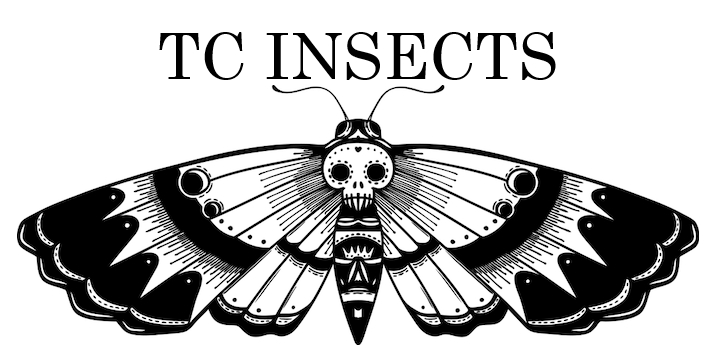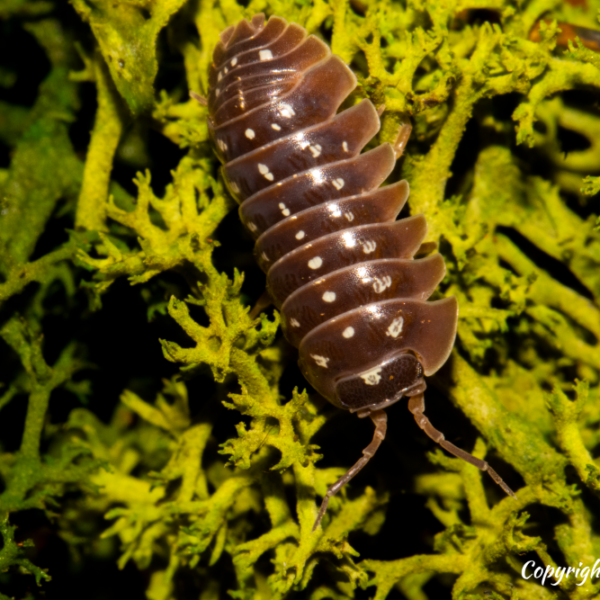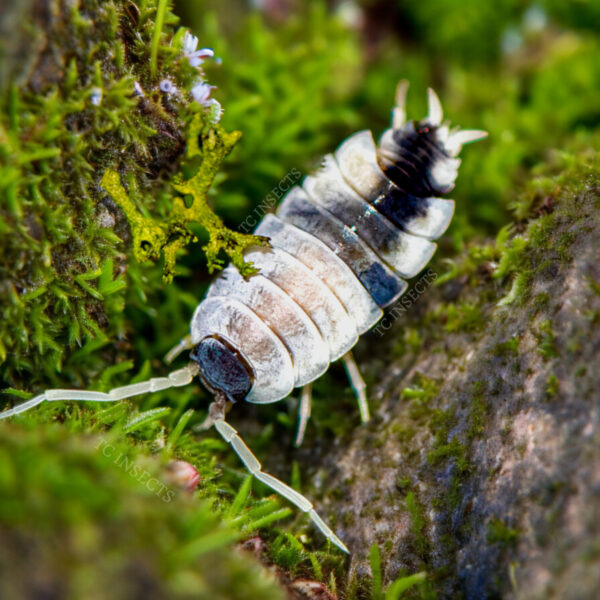African Cape Isopod (Niambia capensis) Care Sheet
1. Introduction
The African Cape Isopod, scientifically known as Niambia capensis, is a captivating and low-maintenance isopod species. These little critters play an essential role in maintaining vivarium ecosystems by consuming waste and enriching the soil. They are slightly larger than other dwarf species making them great as a supplemental feeder for small reptiles.
2. Basic Information
- Scientific Name: Niambia capensis
- Size: Dwarf Species (Larger than Dwarf White)
3. Habitat and Environment
- Terrarium Setup: Use a plastic container with ventilation holes and label it with the isopod species name.
- Substrate: Create a mix of coconut coir, sphagnum moss, leaf litter, shed skin, and carbon. Add a two-inch layer to the container.
- Hiding Spots: Include pieces of rotting white wood and cork bark for food and hiding places.
4. Humidity and Moisture
- Moisten Substrate: African Cape Isopods require moderate humidity. Slightly dampen the substrate before adding them to their new home.
- Regular Spraying: If in an enclosed environment, spray the substrate with dechlorinated water weekly. In an open, dry climate, mist it once a day.
5. Diet
- Leaf Material: Provide dry leaf material as part of their diet.
- Protein Sources: Offer a variety of protein sources, such as shrimp pellets, shrimp meal, and nutritional yeast.
6. Conclusion
African Cape Isopods are delightful additions to vivariums, terrariums, and microhabitats. Their active behavior and low-maintenance nature make them ideal pets and fascinating display animals.
- African Cape Isopod care
- Niambia capensis
- Low-maintenance isopods











Reviews
There are no reviews yet.